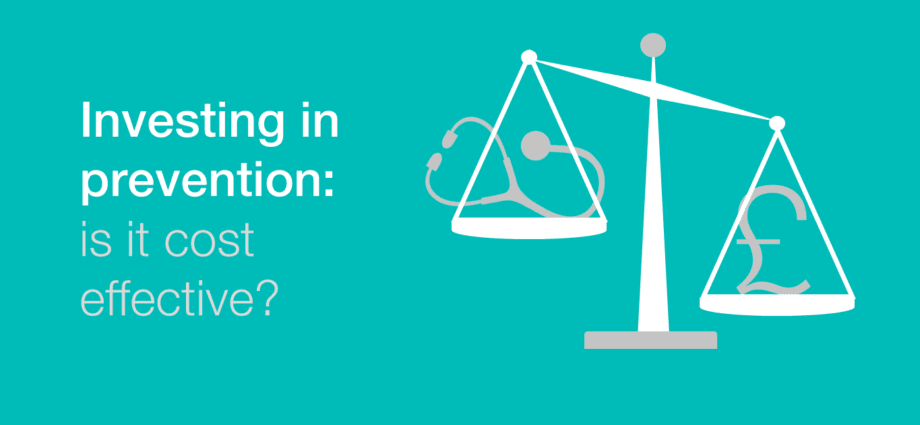Cost-effective prevention? Yes, say the experts
June 28, 2007 – Governments allocate an average of 3% of health budgets to disease prevention. This is too little, according to Catherine Le Galès-Camus, specialist in non-communicable diseases and mental health at the World Health Organization.
“The public authorities have not yet calculated the profitability of prevention,” she said at the Montreal Conference.1.
According to her, we can no longer talk about health without talking about the economy. “Without economic arguments, we cannot obtain the necessary investments,” she says. Yet there is no economic development without health, and vice versa. “
“Today, 60% of deaths worldwide are attributable to preventable chronic diseases – most of them,” she says. Heart disease alone kills five times more than AIDS. “
The public authorities “must take the turn of the health economy and put it at the service of prevention”, adds the WHO specialist.
Businesses also have a role to play. “It is up to them, in part, to invest in prevention and the healthy lifestyles of their staff, if only because it is profitable,” she says. Moreover, more and more companies are doing it. “
Prevent from a young age
Prevention with young children seems particularly profitable in economic terms. A few speakers gave examples of this, with supporting figures.
“It is from birth to the age of 3 that the main neurological and biological links are formed in the child’s brain that will serve him throughout his life,” said J. Fraser Mustard, founder of the Canadian Institute for Advanced Research (CIFAR).
According to the researcher, in Canada, the lack of stimulation of young children translates, once they are adults, into high annual societal costs. These costs are estimated at $ 120 billion for criminal acts, and $ 100 billion related to mental and psychological disorders.
“At the same time, it is estimated that it would cost only 18,5 billion per year to establish a universal network of child and parental development centers, which would serve 2,5 million children aged 0 to 6 years old. across the country, ”emphasizes J Fraser Mustard.
Nobel laureate in economics, James J. Heckman, also believes in taking action from an early age. Early preventative interventions have a greater economic impact than any other intervention done later in childhood – such as reducing the student-teacher ratio, says the University of Chicago economics professor.
The reverse is also true: child abuse will have an impact on health costs later. “As an adult, the risk of heart disease increases 1,7 times in a child who has suffered emotional deficiencies or who lived in a criminalized family,” he says. This risk is 1,5 times higher in abused children and 1,4 times higher in those sexually abused, living in an abusive family or having been physically neglected ”.
Finally, the National Director of Public Health in Quebec, Dr Alain Poirier argued that the sums invested in preschool educational services are proving profitable. “Over a 60-year period following the four-year use of such a service, the return on each dollar invested is valued at $ 4,07,” he concluded.
Martin LaSalle – PasseportSanté.net
1. The 13e edition of the Montreal Conference took place from June 18 to 21, 2007.










